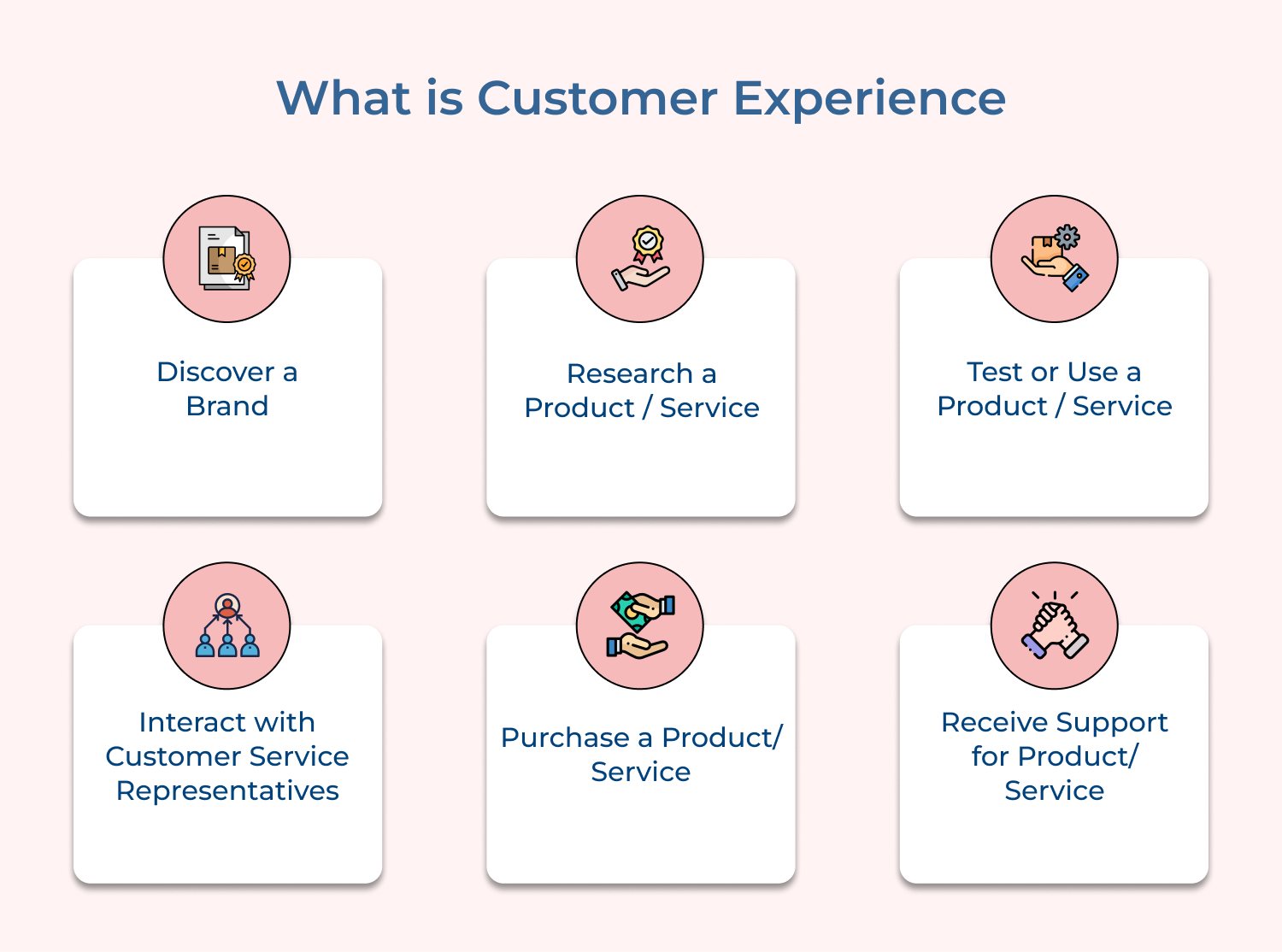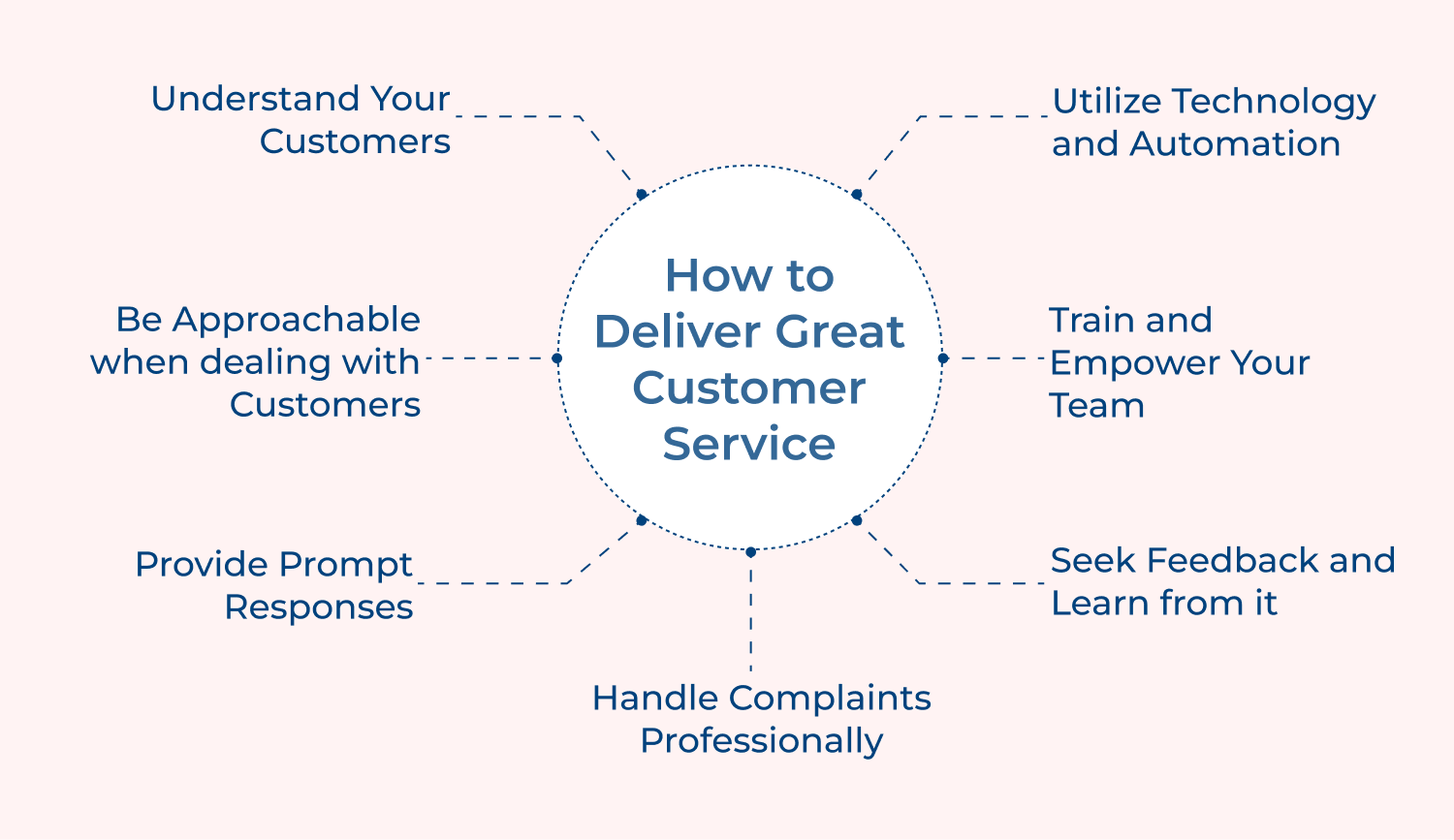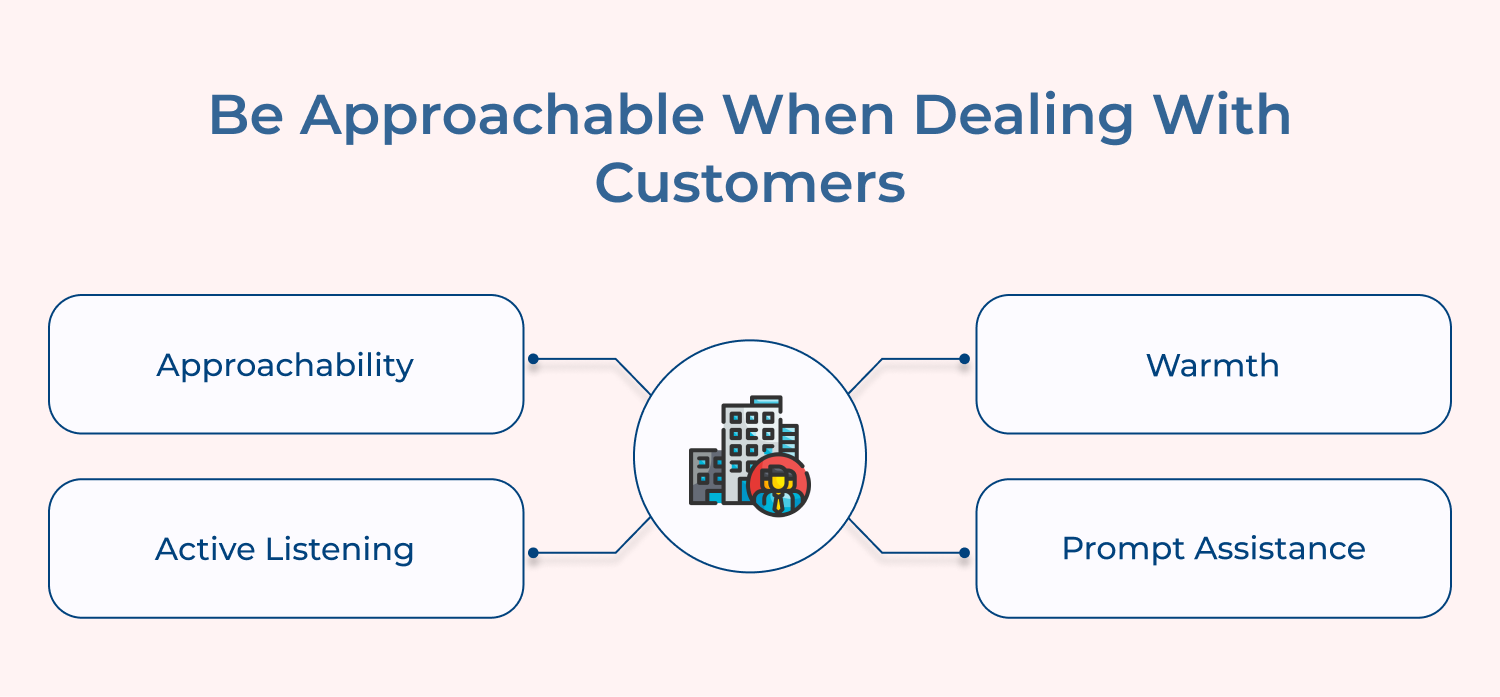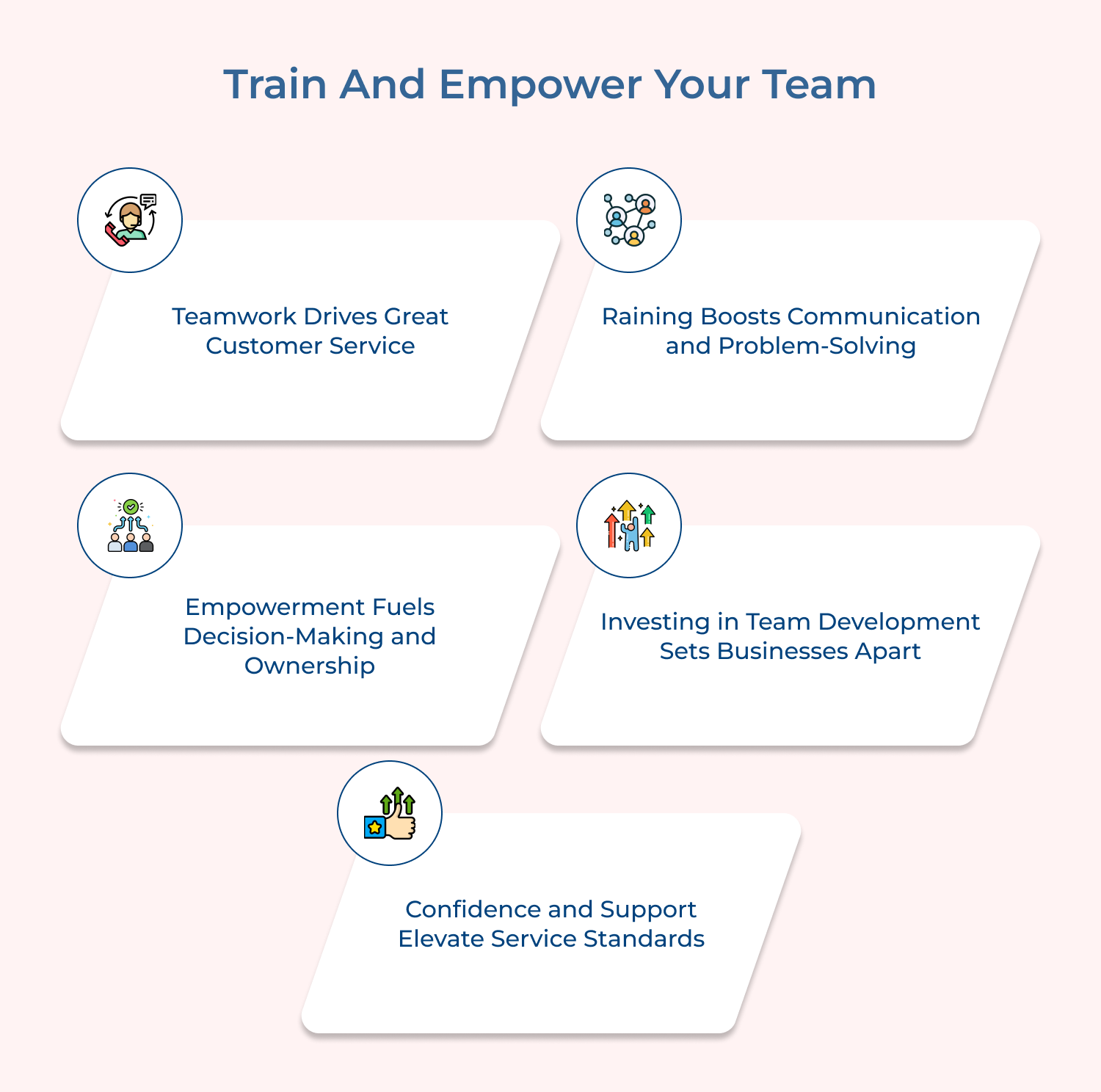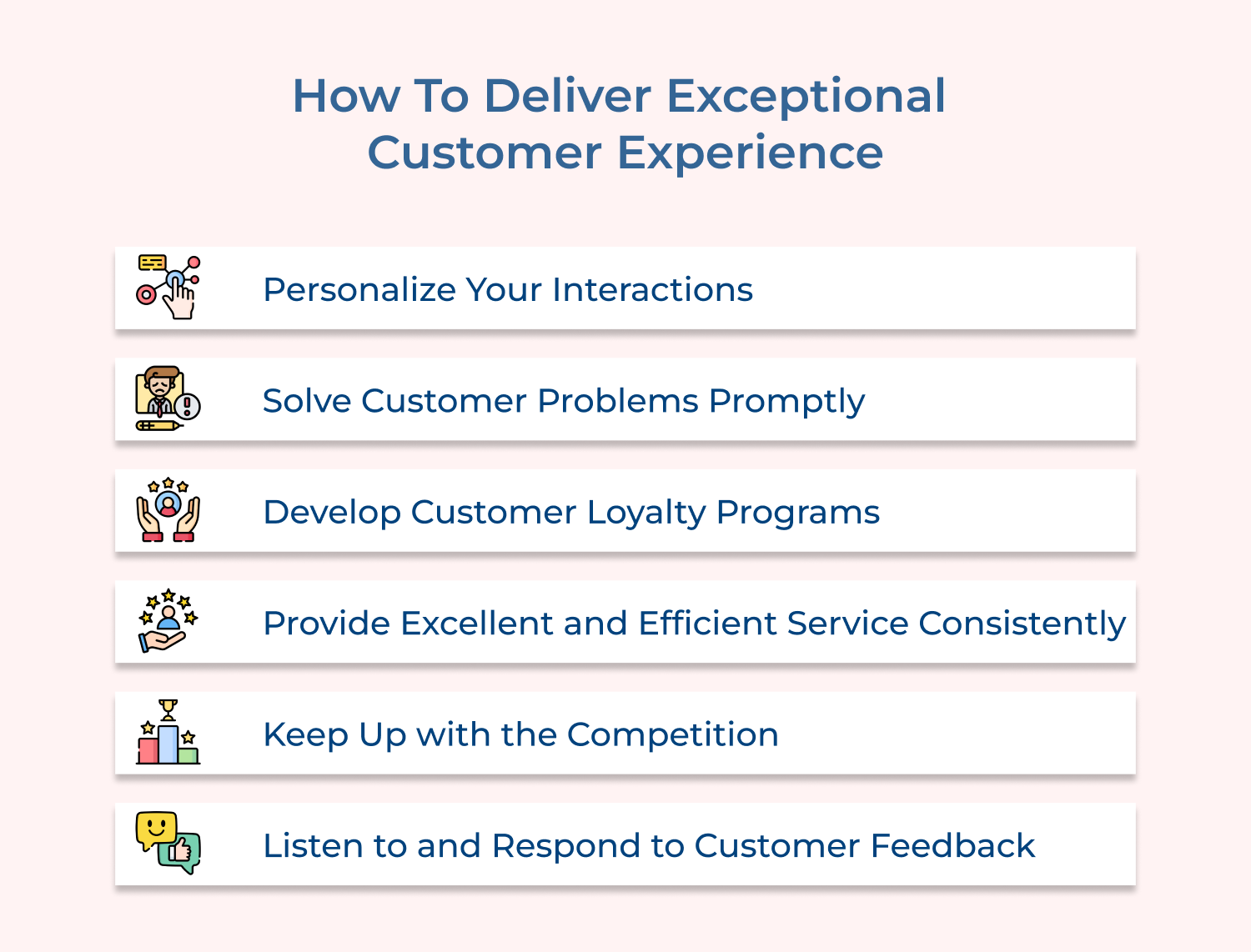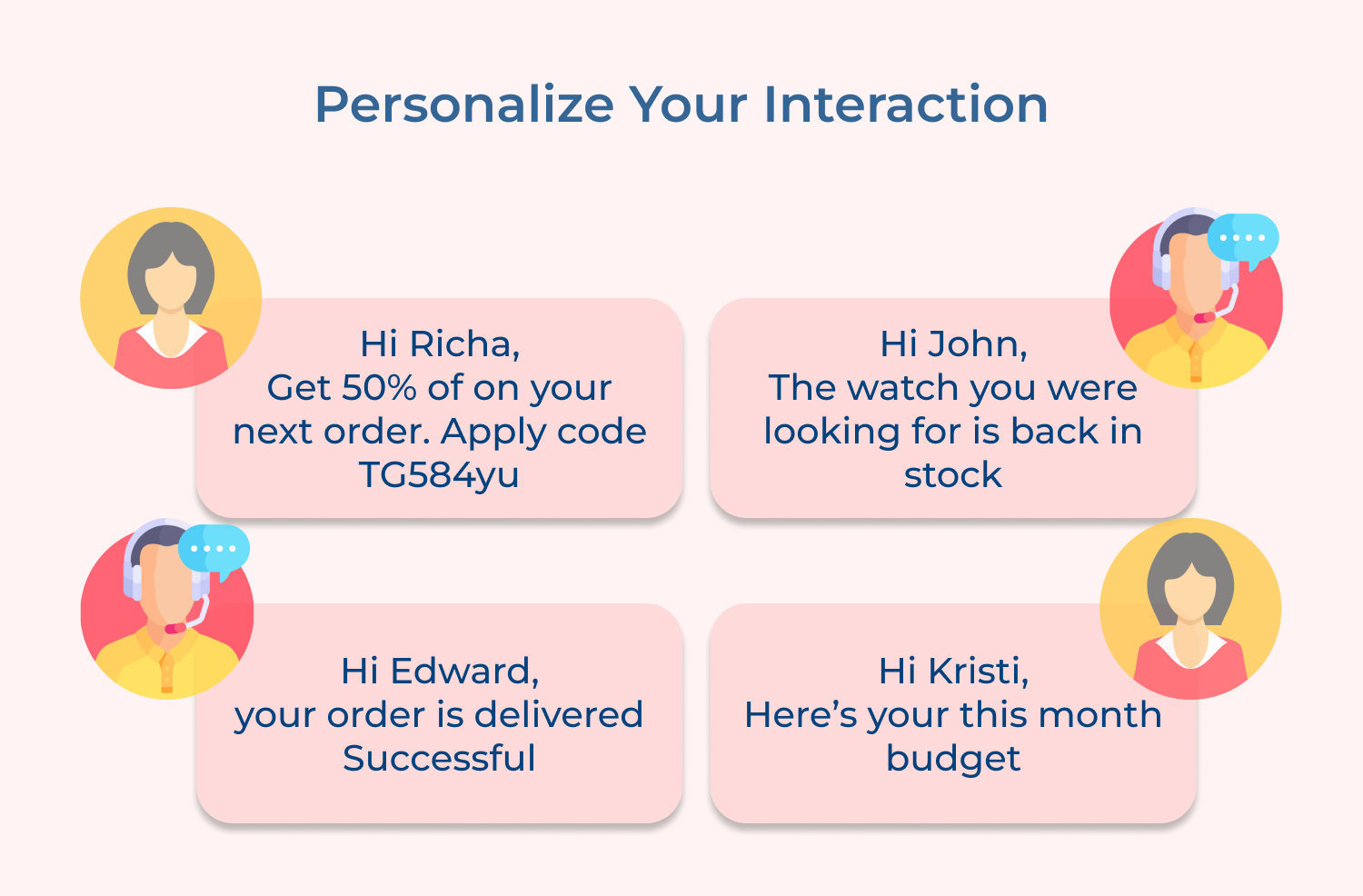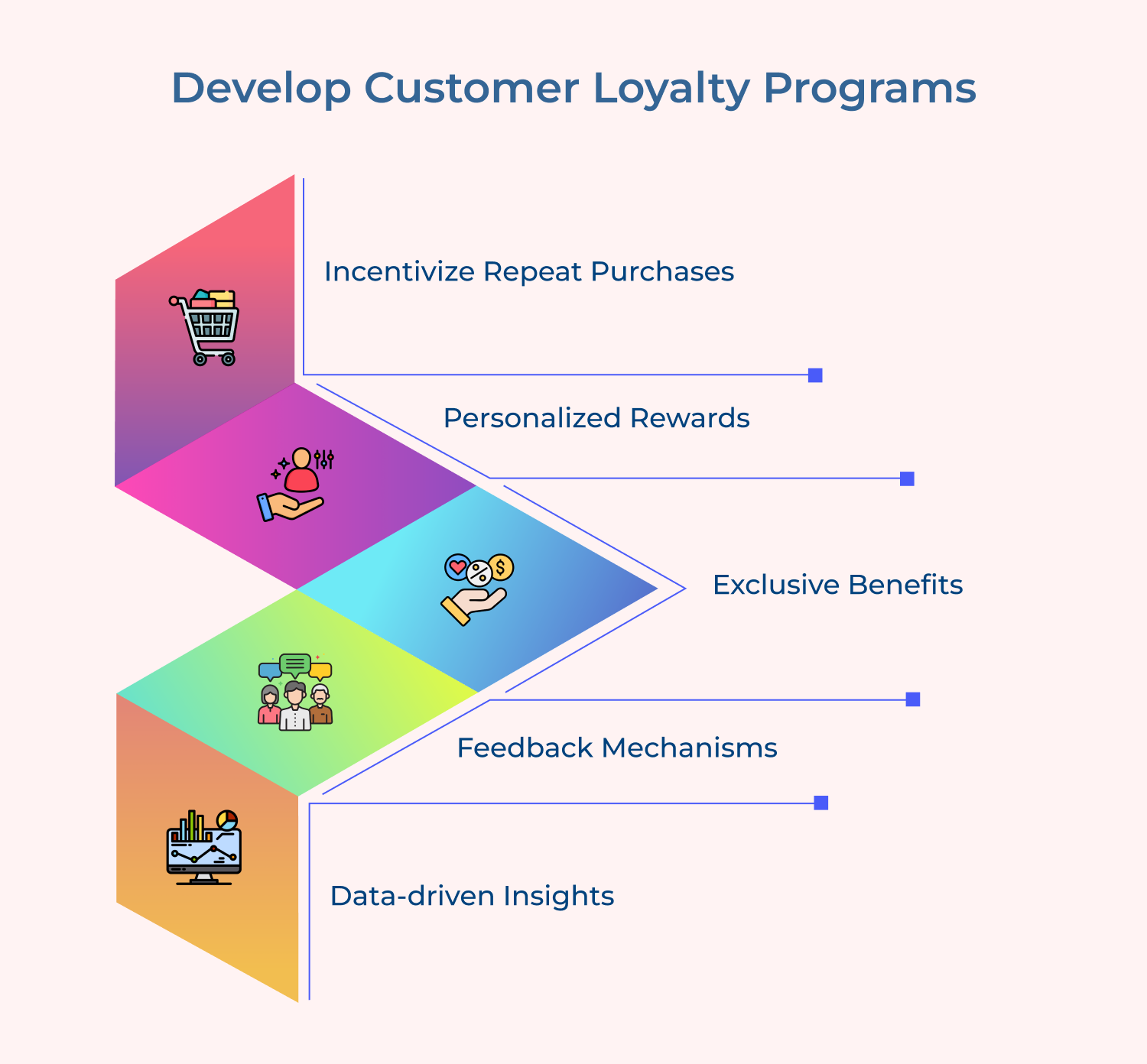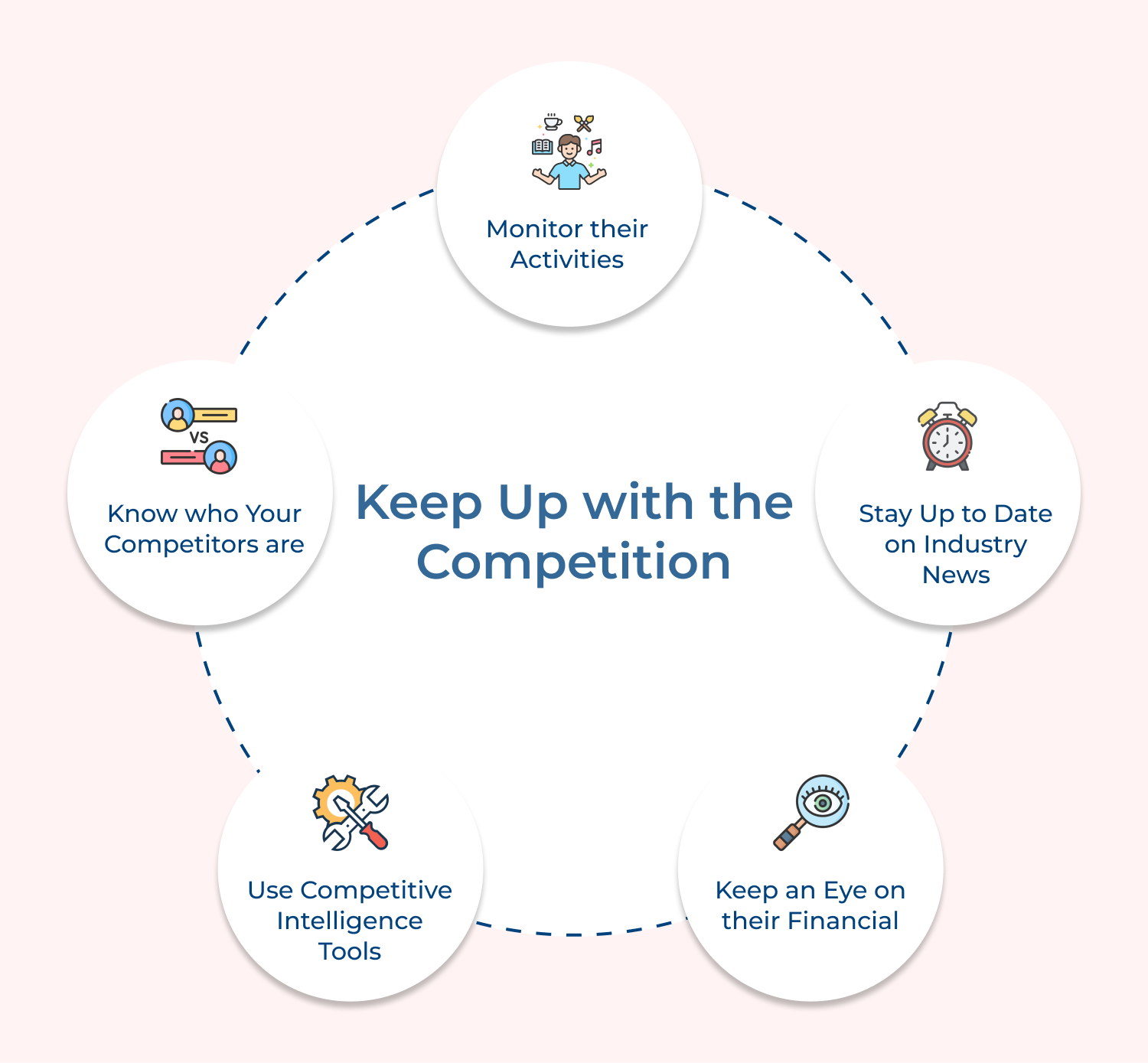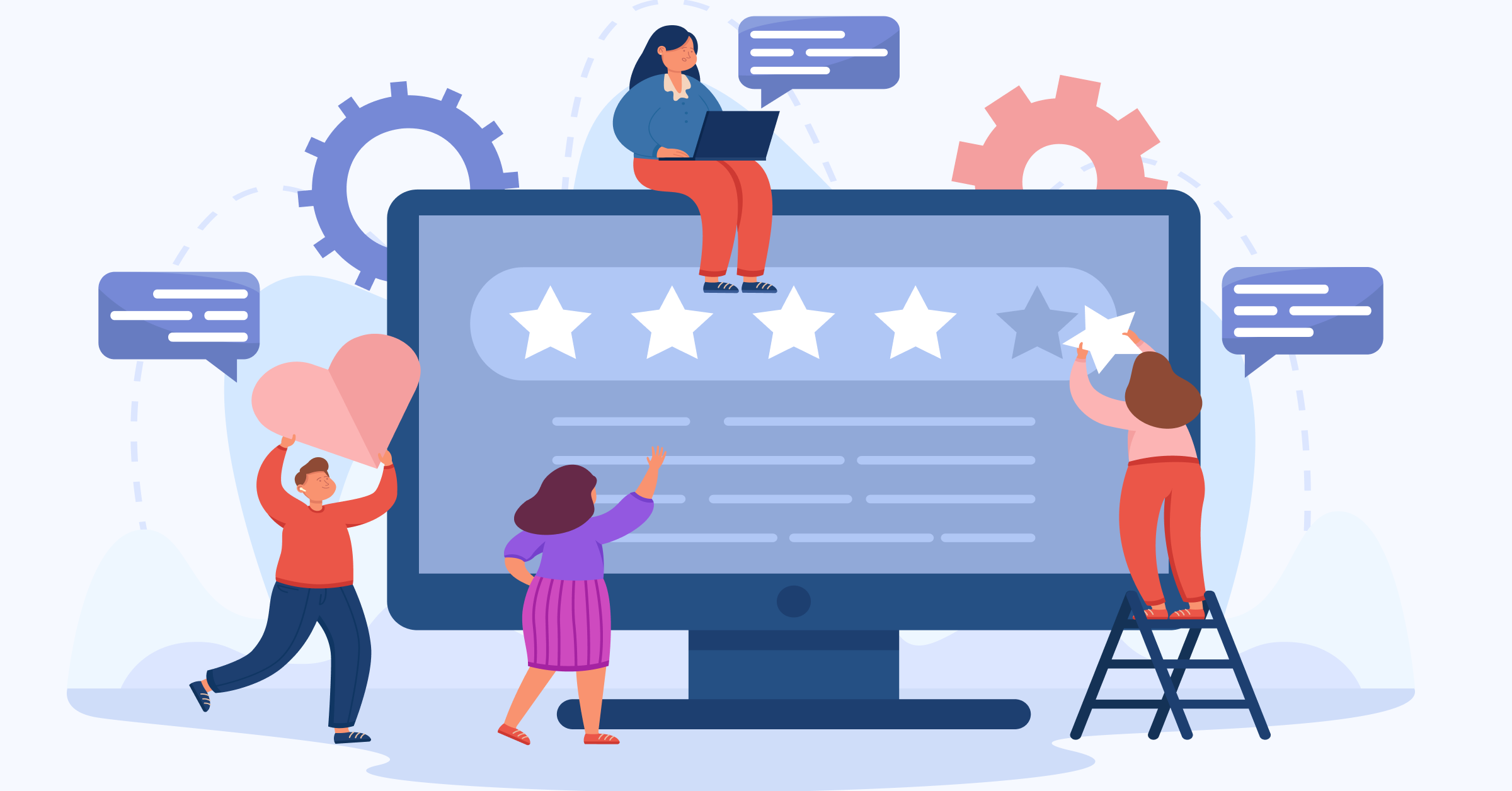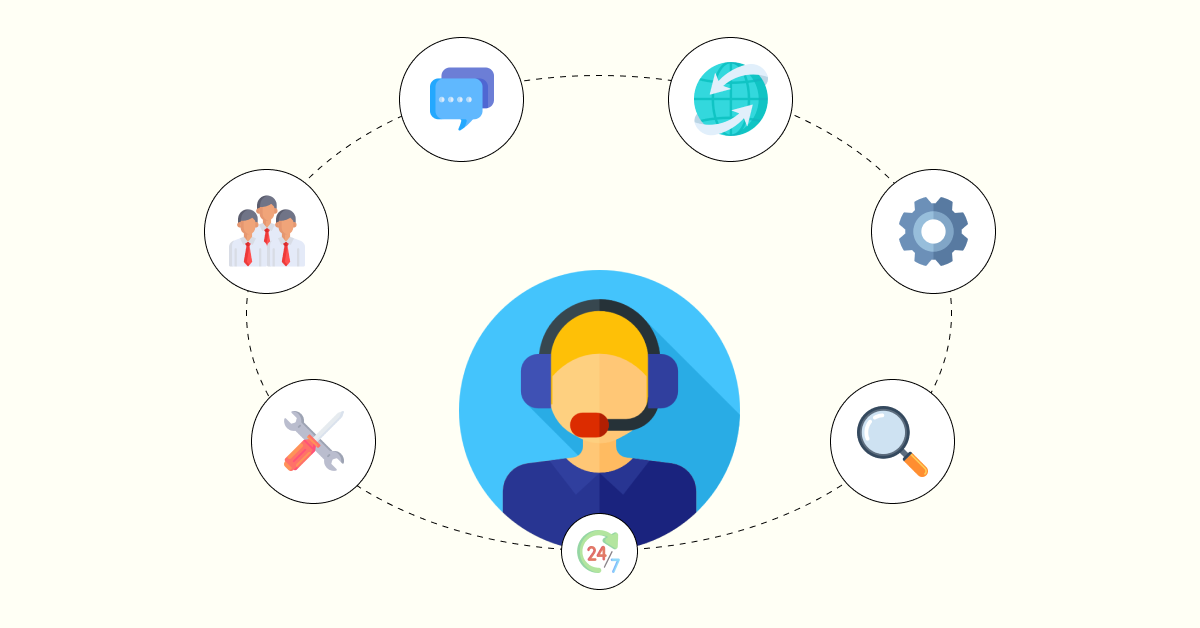How to implement it:
- Innovation and adaptability: Keep up with the competition by continuously innovating and adapting to changing market trends as well as technologies. By doing so, they can stay ahead of their competitors and meet evolving customer expectations effectively.
- Customer satisfaction and retention: If competitors are offering better services or loyalty programs, customers may be tempted to switch brands. By constantly monitoring the competition and understanding what they offer, businesses can improve their own offerings while retaining customers.
Best Examples of Customer Service and Customer Experience
Help businesses understand what constitutes a great customer experience and services. Here are the best examples from renowned companies:
Southwest Airlines
Southwest Airlines is known for their exceptional customer service in the airline industry. From their friendly flight attendants to their flexible booking policies, Southwest goes above and beyond to make sure their passengers feel cared for. They have a reputation for providing excellent service with a personal touch, treating customers as more than just a seat number.
Ritz-Carlton
The Ritz-Carlton is synonymous with luxury and exceptional customer service. They have a remarkable commitment to anticipating and fulfilling their customers’ needs. One memorable example is called the “Ritz-Carlton Card.” Every employee is given a small card with the Ritz-Carlton’s Gold Standards, which include things like “I will greet guests within 10 feet and with a warm smile.” The simple gesture empowers employees to provide personalized and extraordinary service at every touchpoint.
Amazon
As one of the largest global e-commerce companies, Amazon has set a high bar for customer service. They prioritize convenience along with responsiveness. Features like one-click ordering, fast and reliable shipping, hassle-free returns, etc. makes Amazon’s customer-centric approach evident in their commitment to resolving any issues quickly and ensuring customer satisfaction. Their 24/7 customer support is available through various channels, making sure customers have assistance whenever they need it.
Netflix
Netflix revolutionized the entertainment industry by personalizing the streaming experience. Their recommendation algorithm analyzes viewing history and provides users with tailored suggestions, making it easier to discover new content. The seamless user interface along with convenience of watching anytime and anywhere contribute to an exceptional customer experience.
Starbucks
Starbucks has mastered the art of creating a comfortable and welcoming atmosphere for its customers. They focus on personalized service by remembering customer names and preferences, which fosters a sense of being valued. The Starbucks mobile app allows customers to order ahead and skip the line, further enhancing the convenience factor.
Nordstrom
Nordstrom is known for its exceptional customer service that goes above and beyond expectations. Their sales associates are empowered to make decisions that prioritize the customer’s needs, whether it’s accepting returns without a receipt or finding a product not available in-store. Nordstrom’s commitment to customer satisfaction has earned them a reputation as a service-oriented retailer.
Deliver a Cohesive Customer Experience with Excellent Customer Service
In conclusion, understanding how to combine the right mix of people, processes and technology is key when it comes to creating a great balance between customer experience & support. By having a clear strategy in place based around these three core concepts you can ensure that you offer your customers an incredibly personalized journey filled with moments that matter from initial interaction all the way through feedback afterwards—ensuring loyalty now and your success down the line.

